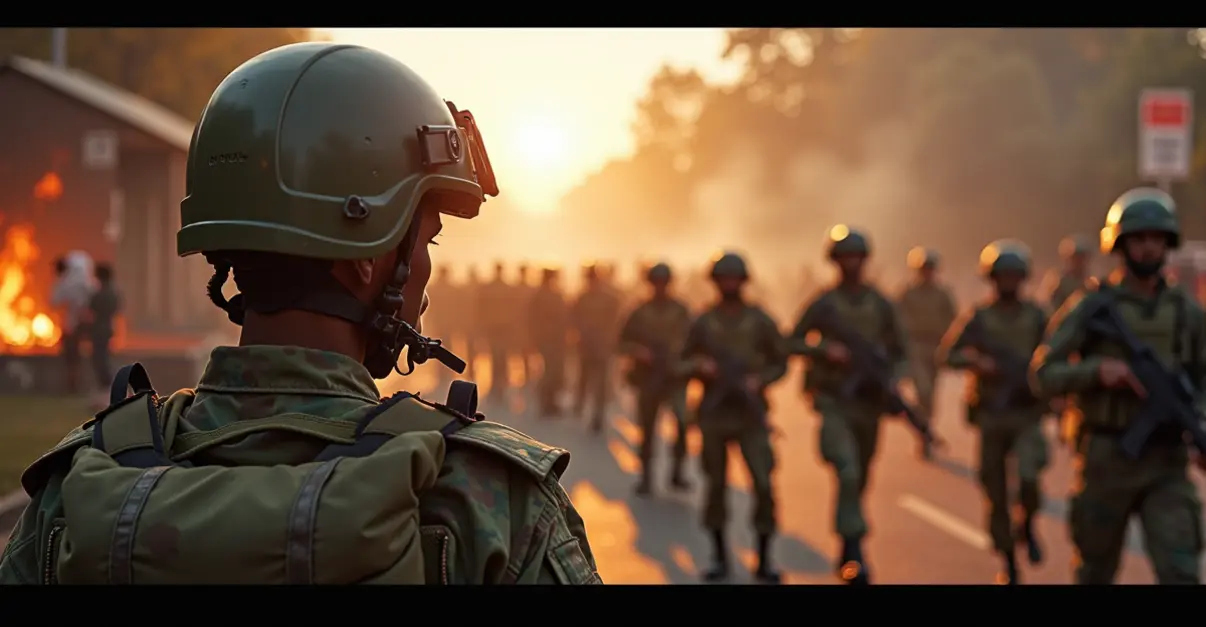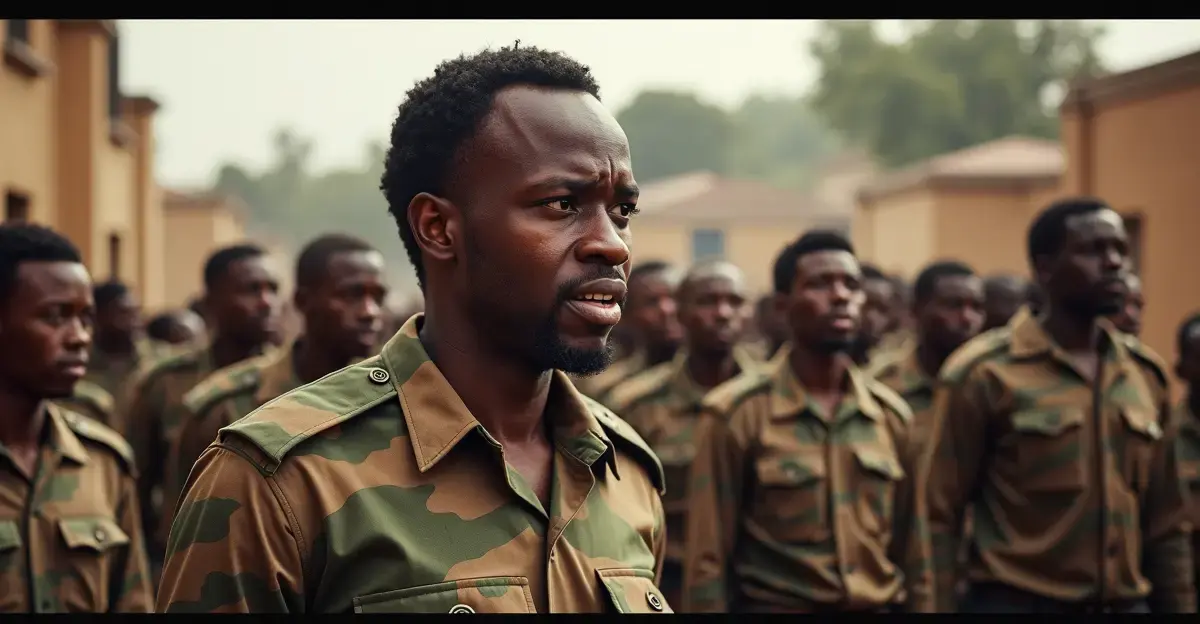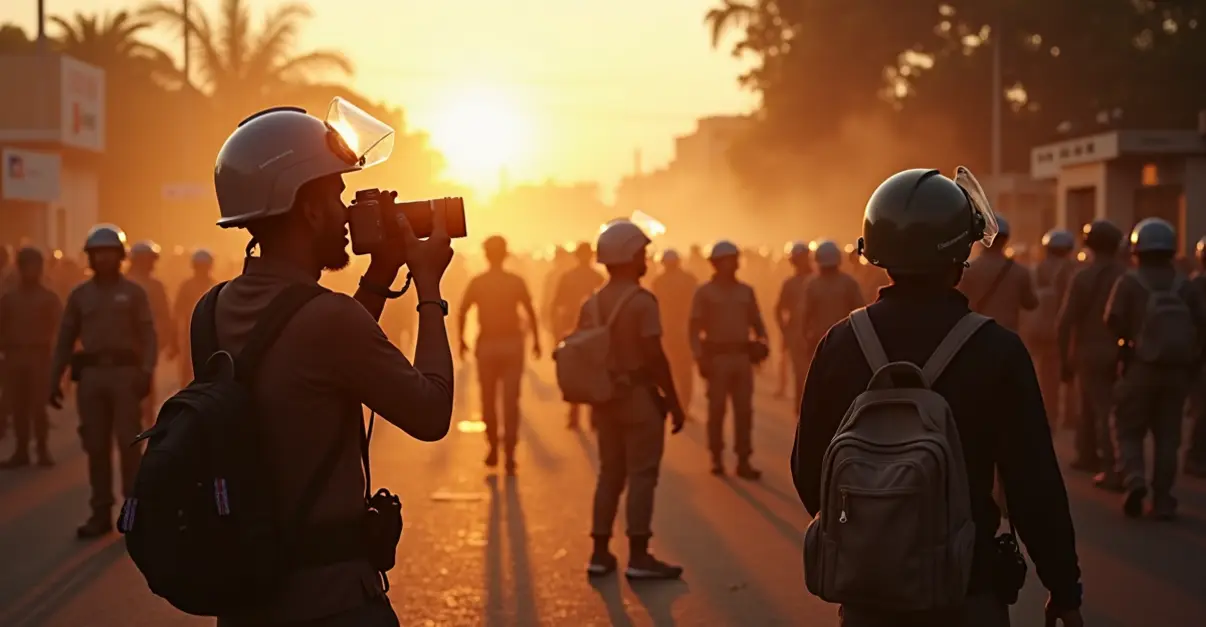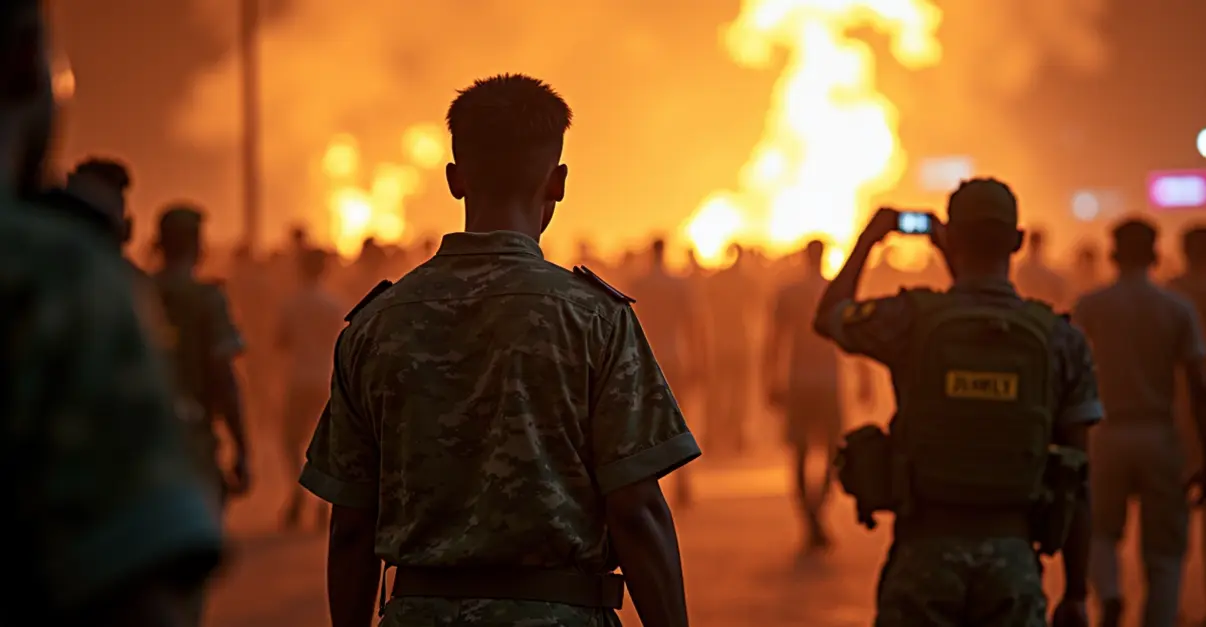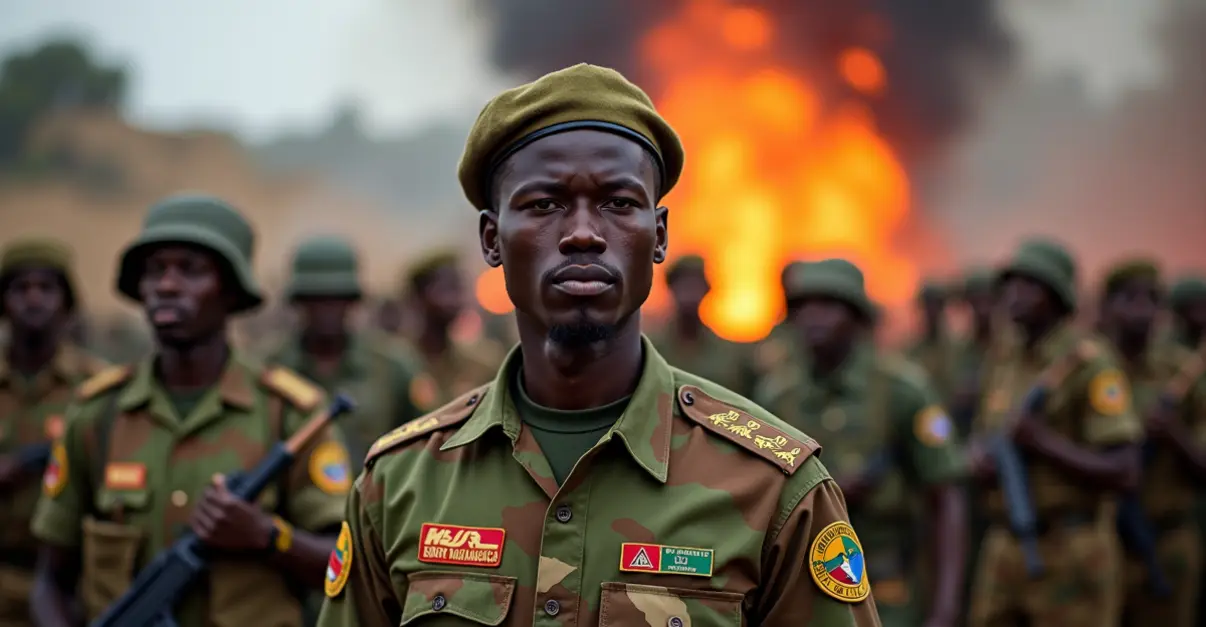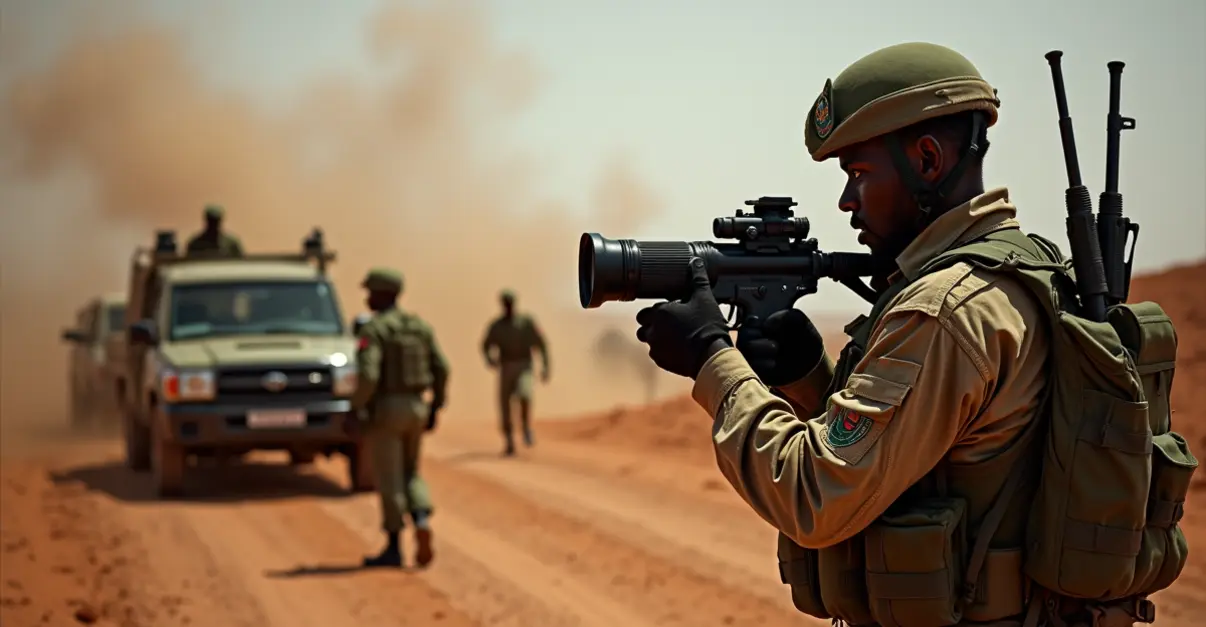Madagascar's President Andry Rajoelina has fled the country amid a coup attempt by the elite CAPSAT military unit and youth-led protests over water and electricity shortages. At least 22 people have died in clashes.
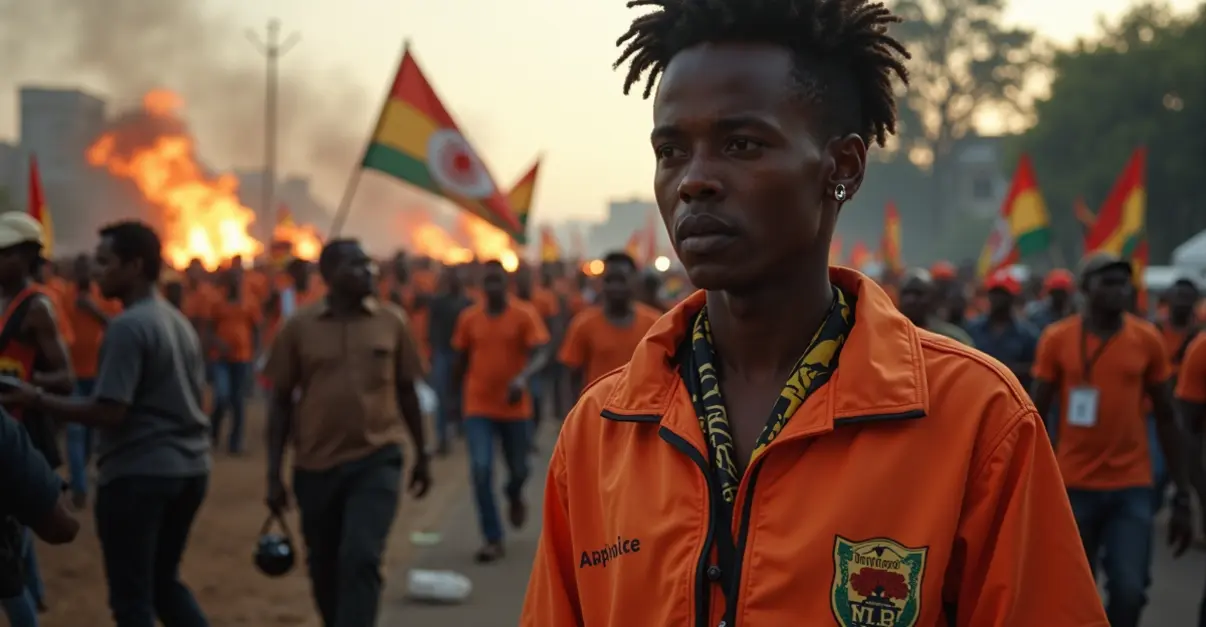
Political Crisis Escalates as President Rajoelina Flees Country
Madagascar is facing its most severe political crisis in years as President Andry Rajoelina has fled the country following what he described as an assassination attempt and ongoing coup attempt. The president made his first public appearance in weeks via a Facebook livestream, revealing he had left Madagascar for his own safety. 'I will not allow Madagascar to be destroyed,' Rajoelina declared in his emotional address, while refusing to discuss resignation.
Military Mutiny and Youth Protests Converge
The crisis reached a tipping point when the elite military unit CAPSAT (Army Personnel Administration Centre), which previously helped bring Rajoelina to power in 2009, joined forces with youth-led anti-government protesters. The unit has claimed control of Madagascar's armed forces and appointed General Demosthene Pikulas as the new military chief. 'We have responded to the people's calls,' a CAPSAT spokesperson stated, while denying they were staging a coup.
The protests began three weeks ago as peaceful demonstrations against chronic water and electricity shortages but have evolved into a broader movement demanding Rajoelina's resignation. Organized by the Gen Z Madagascar movement, the unrest has spread to eight cities across the island nation.
Humanitarian Crisis and International Response
The United Nations reports at least 22 deaths and over 100 injuries in clashes between security forces and protesters. Night-time curfews have been imposed in major cities, and Air France has suspended flights due to security concerns. The African Union has expressed deep concern and called on armed forces to refrain from political interference.
The US embassy in Antananarivo has advised citizens to shelter in place, warning of the volatile security situation. 'The situation remains extremely fluid and dangerous,' an embassy spokesperson confirmed.
Root Causes: Poverty and Infrastructure Failures
Madagascar, which gained independence from France in 1960, remains one of the world's poorest countries with 75% of its 30 million people living in poverty. The current crisis stems from fundamental infrastructure failures - daily blackouts exceeding 12 hours and unreliable water services that have left millions without basic necessities.
According to human rights organizations, only about one-third of Malagasy have access to electricity, despite the state utility consuming 10% of government revenue.
Historical Context and Political Instability
This marks another chapter in Madagascar's history of political turmoil. Rajoelina first came to power in 2009 through a military-backed coup that ousted President Marc Ravalomanana. After stepping down in 2014 following elections, he returned to power in 2019 through democratic elections.
The current crisis represents the gravest challenge to his leadership, with protesters giving him 24 hours to leave office and calling the movement a 'revolution.' Rajoelina has dismissed his entire government in an attempt to defuse tensions but maintains he will not step down.
As the situation continues to develop, the international community watches closely, concerned about the potential for further violence and the stability of one of Africa's most biodiverse nations.

 Nederlands
Nederlands
 English
English
 Deutsch
Deutsch
 Français
Français
 Español
Español
 Português
Português




